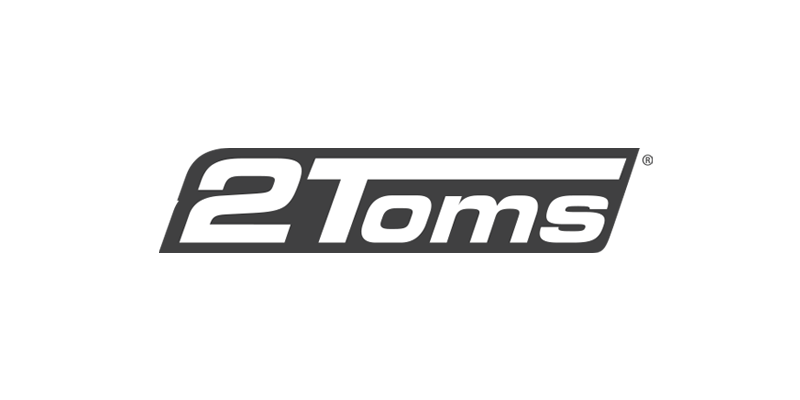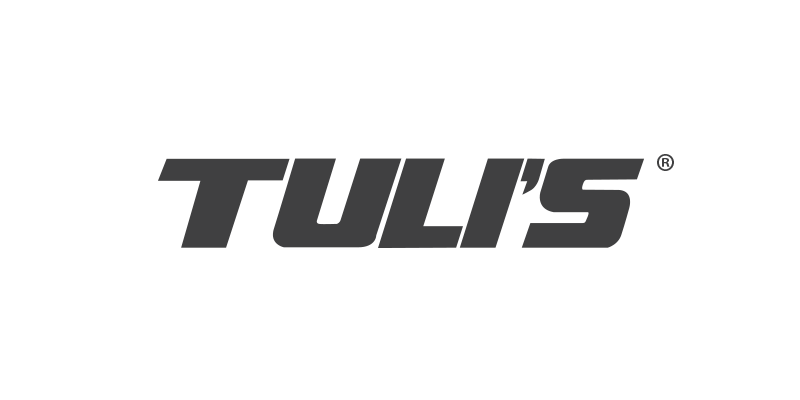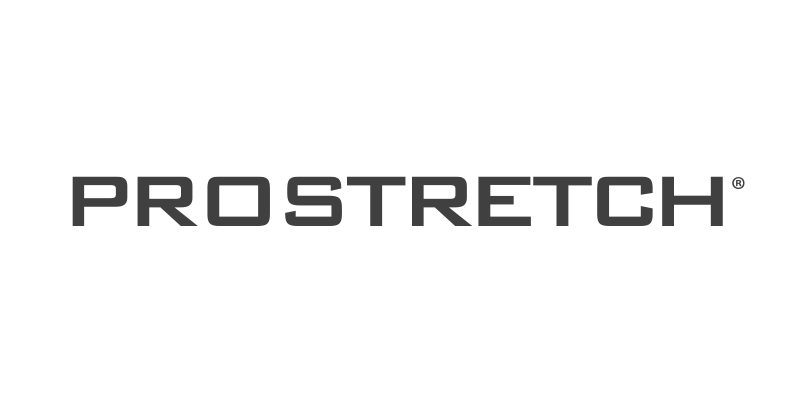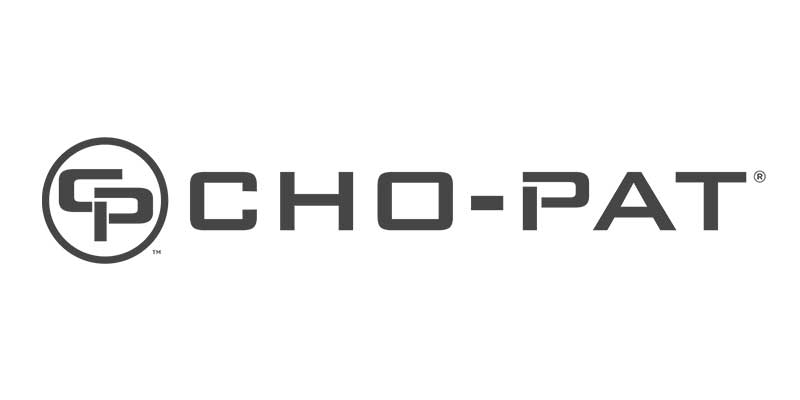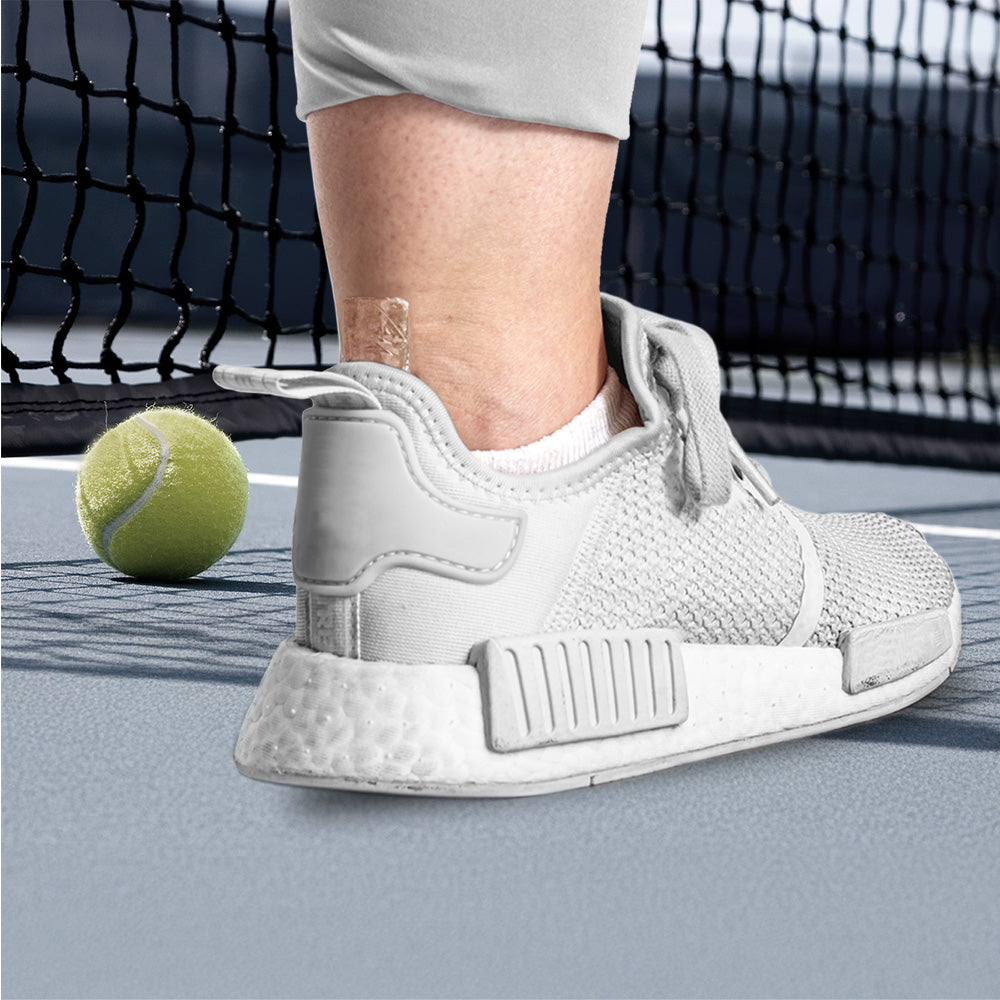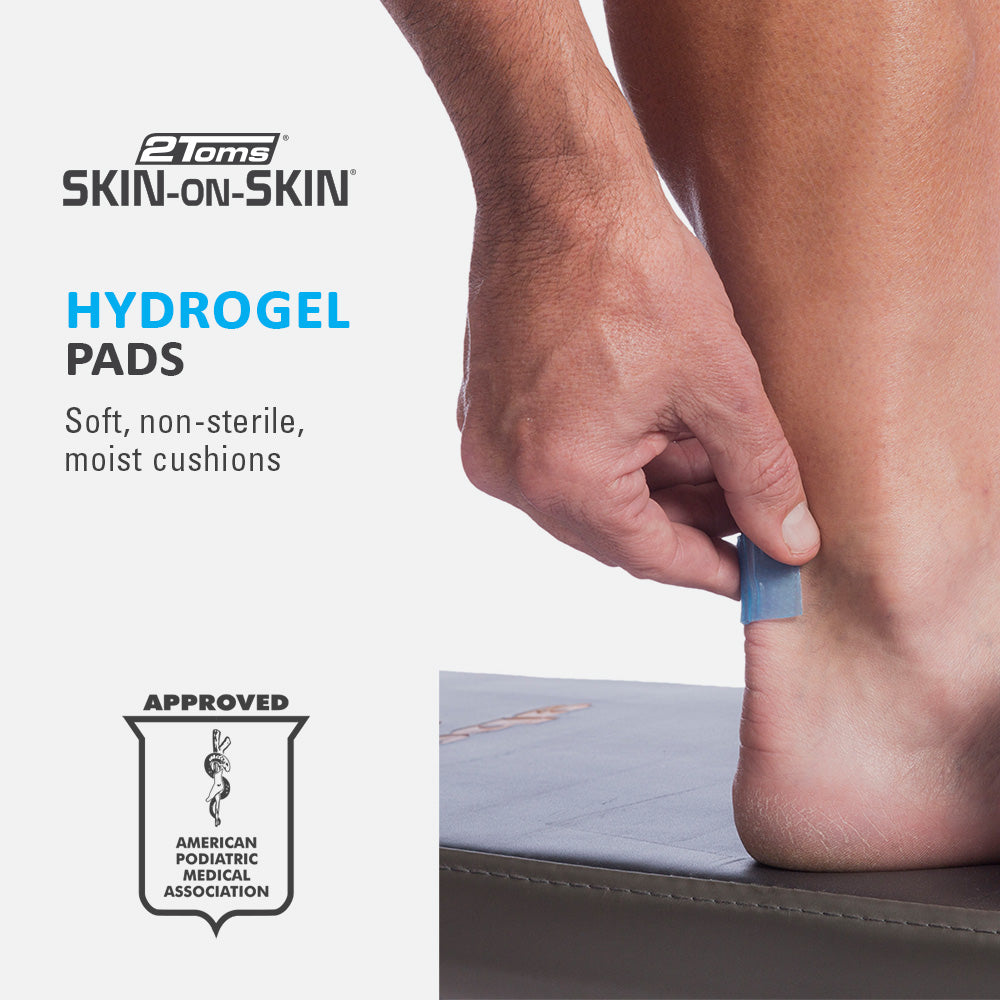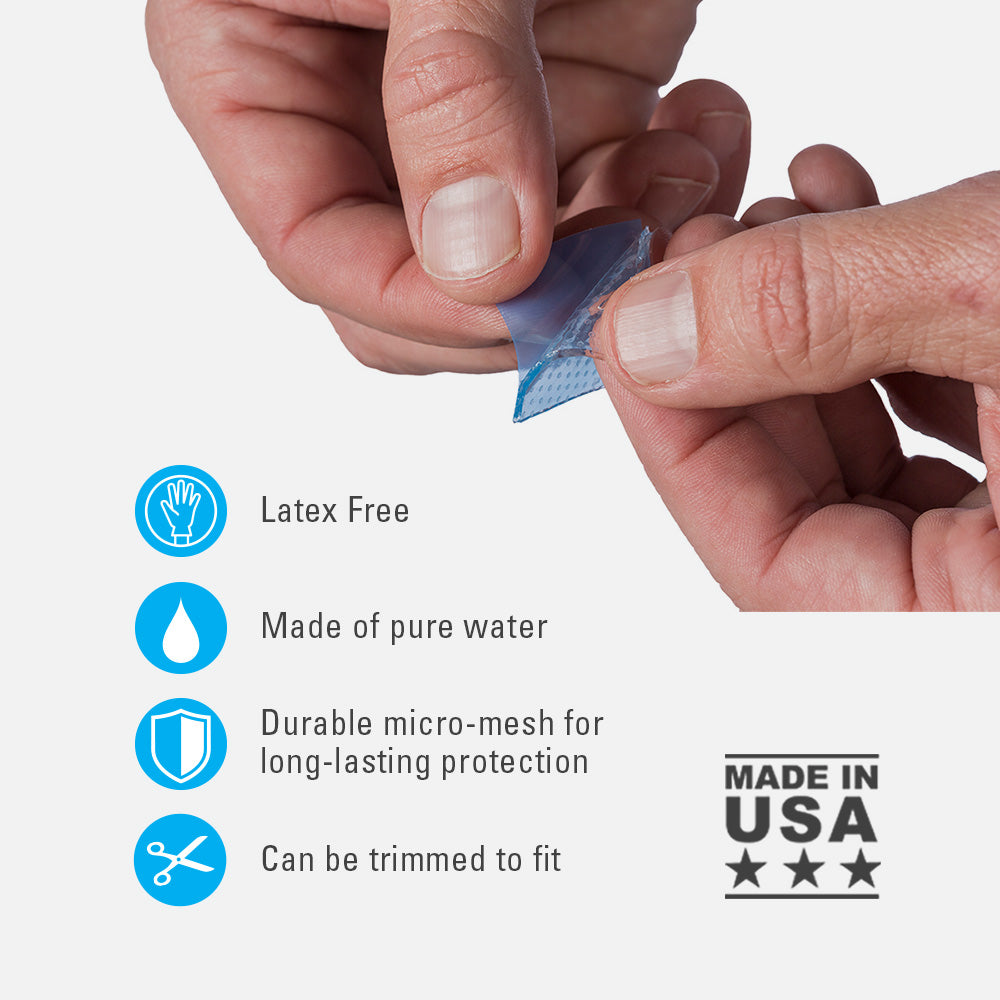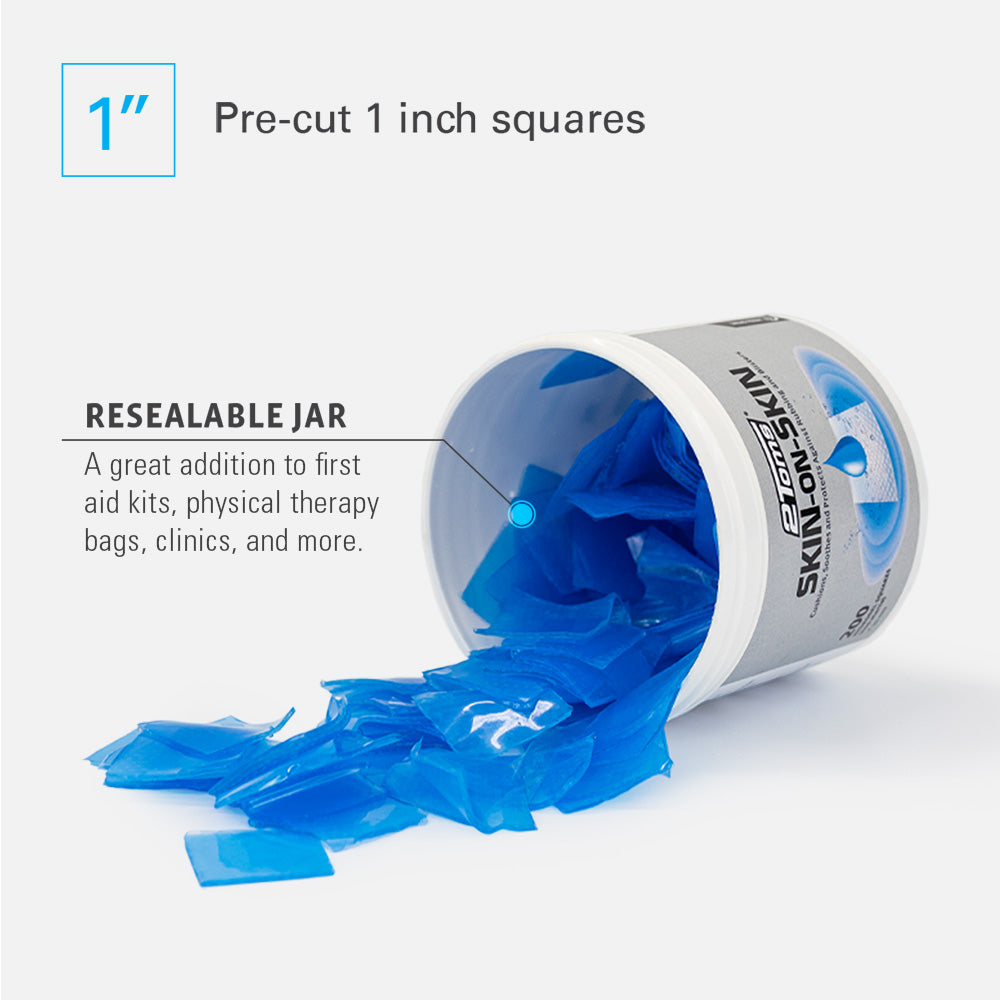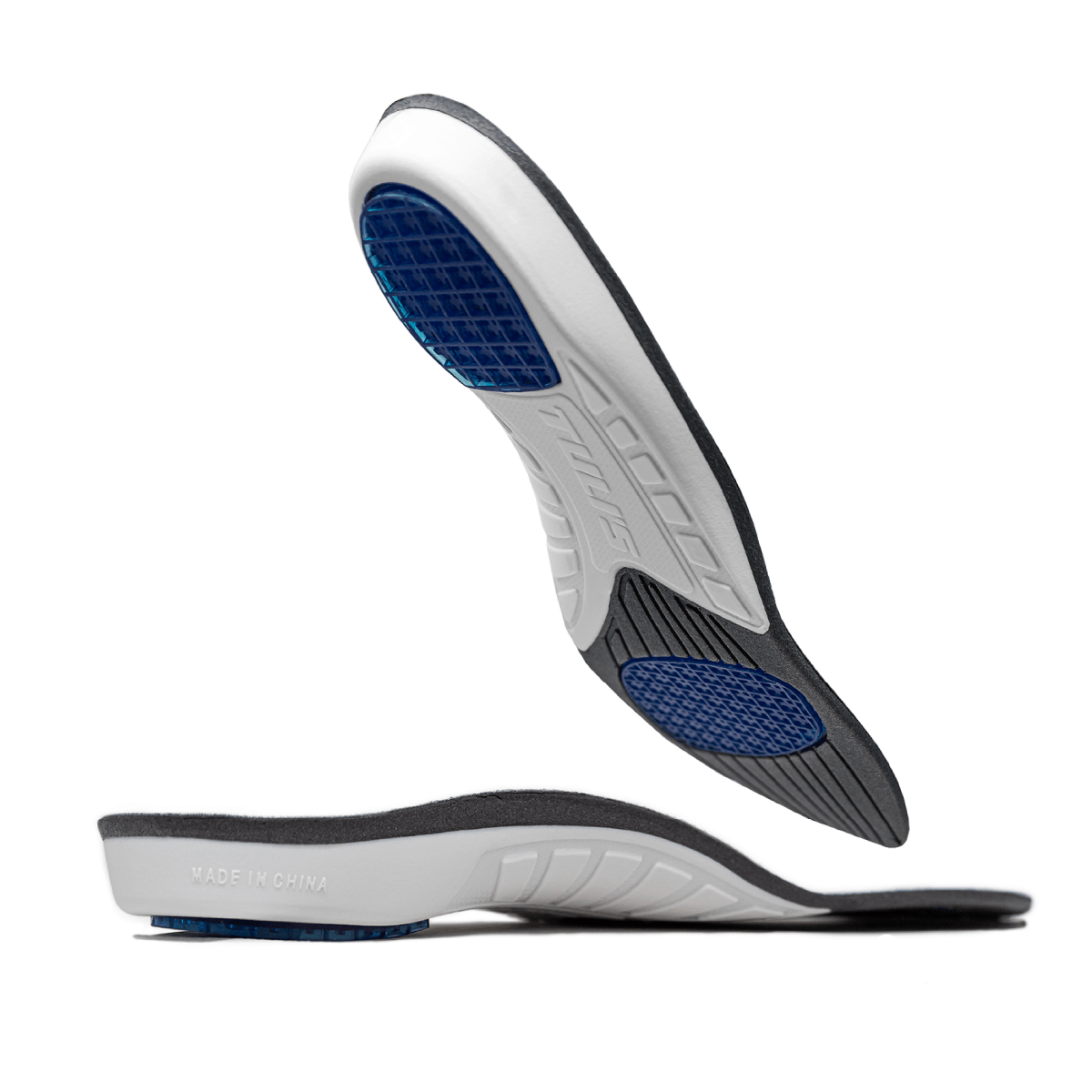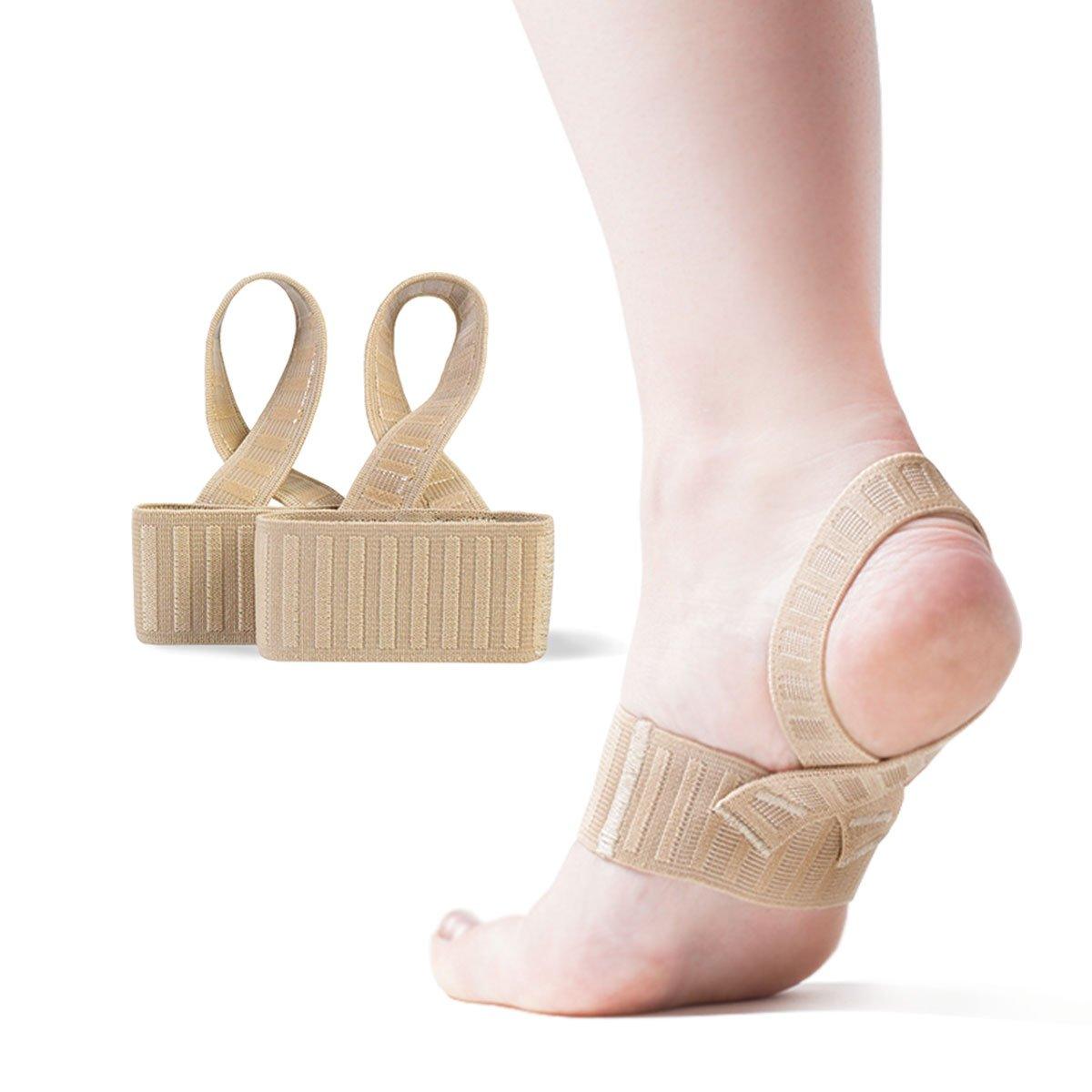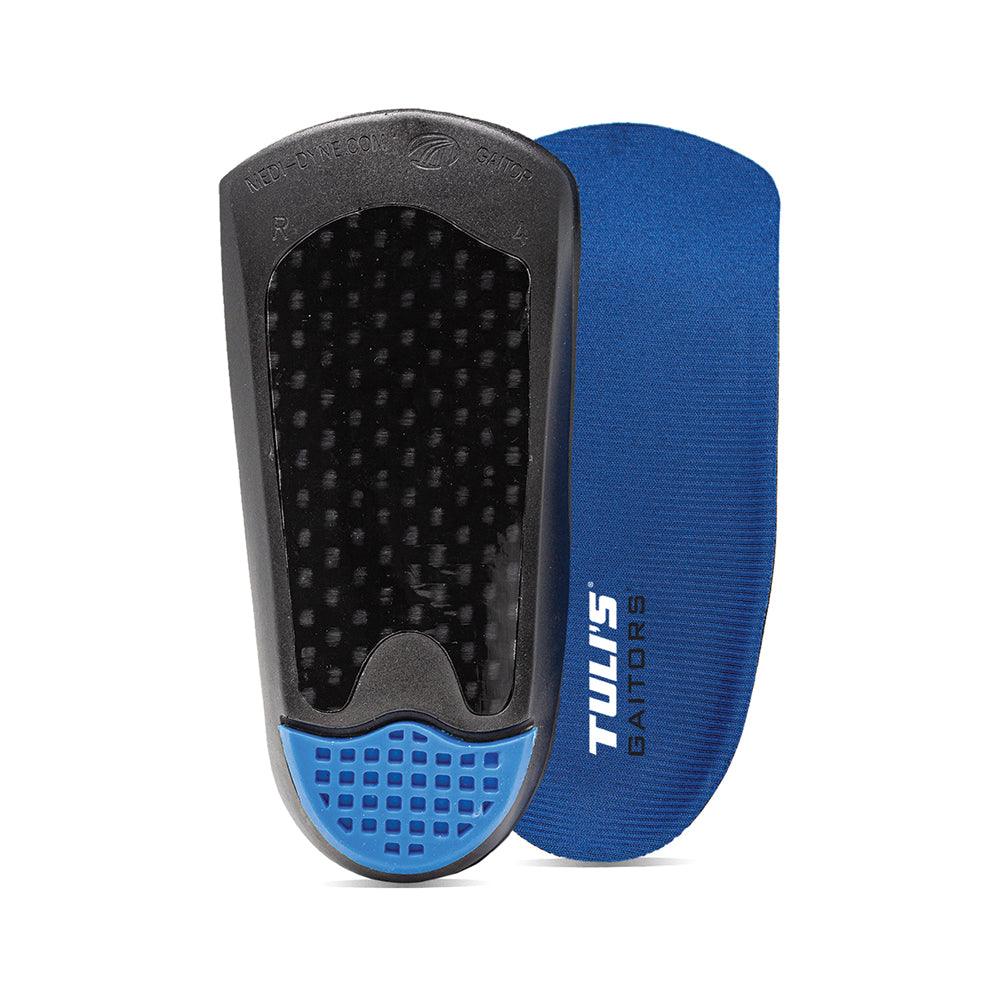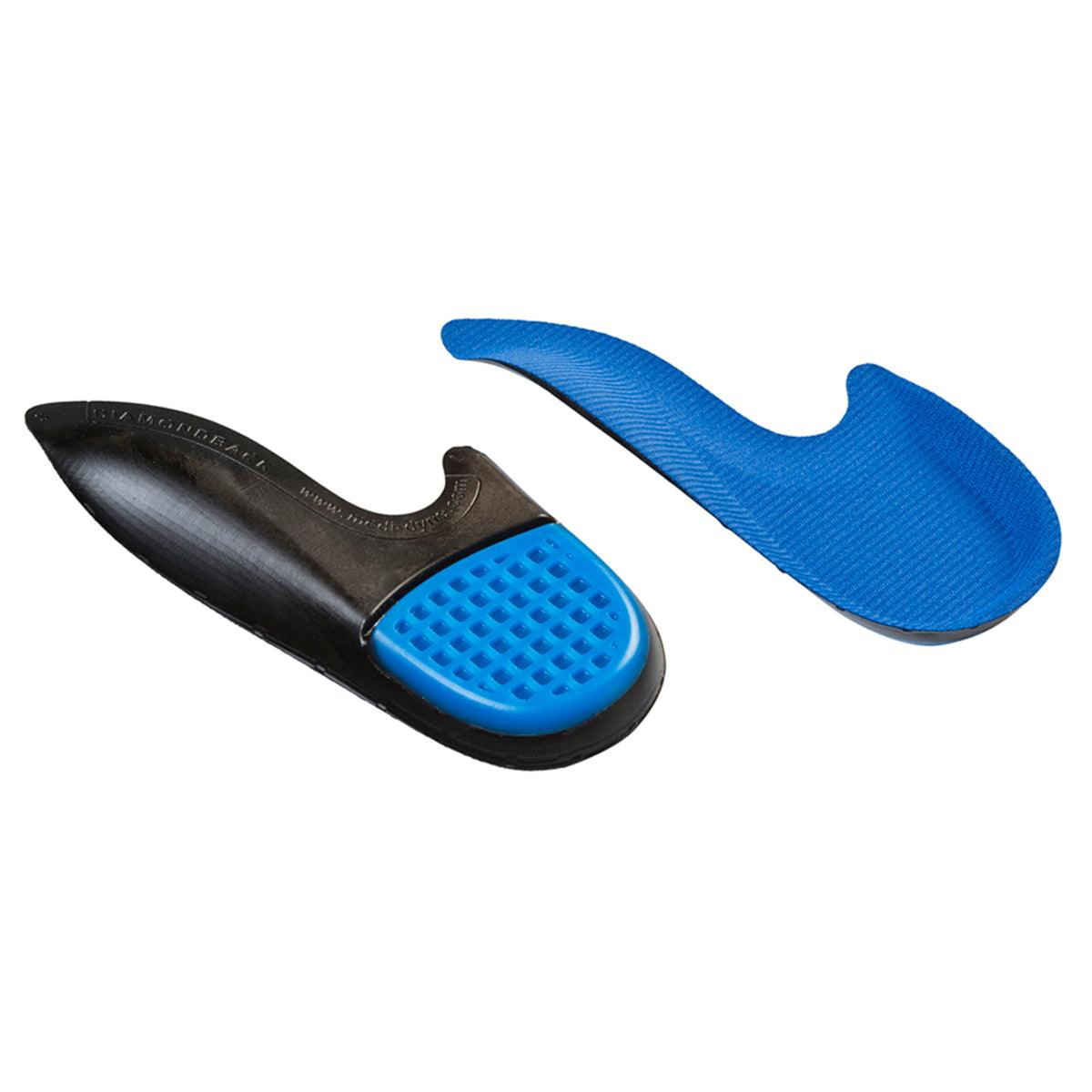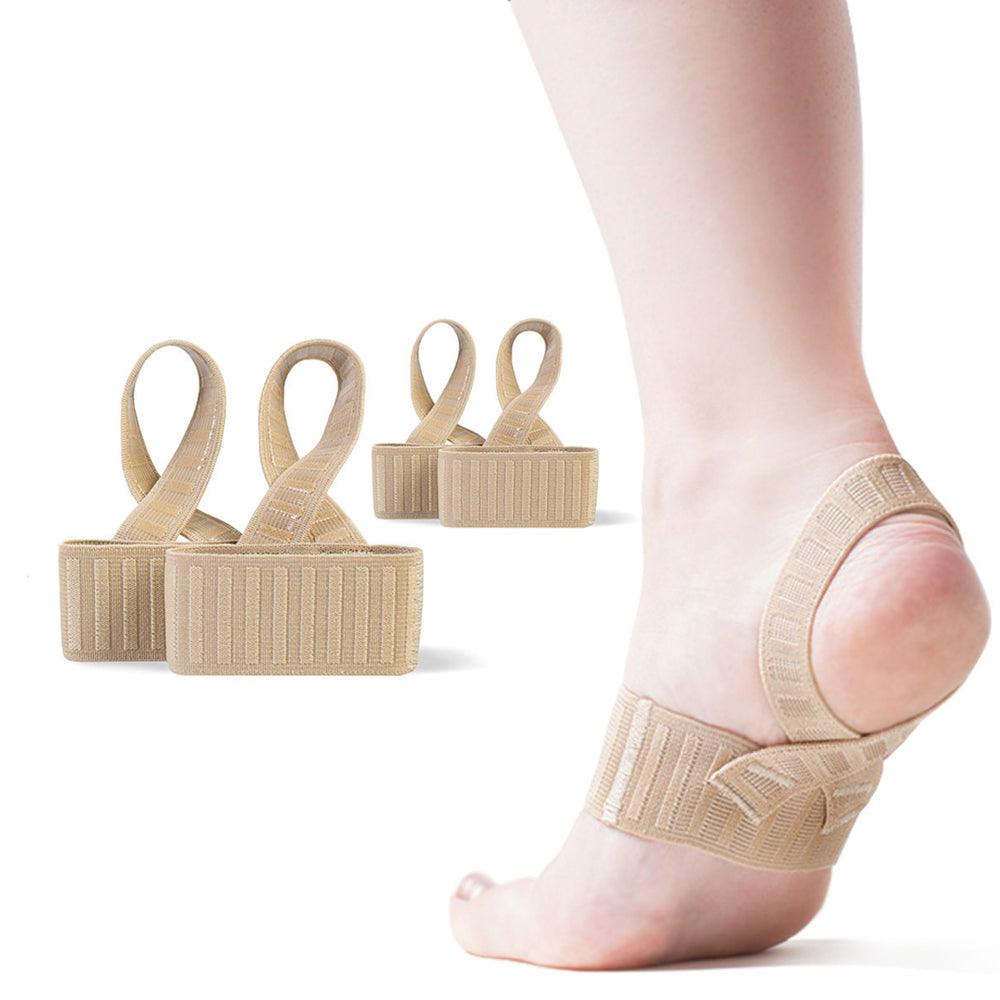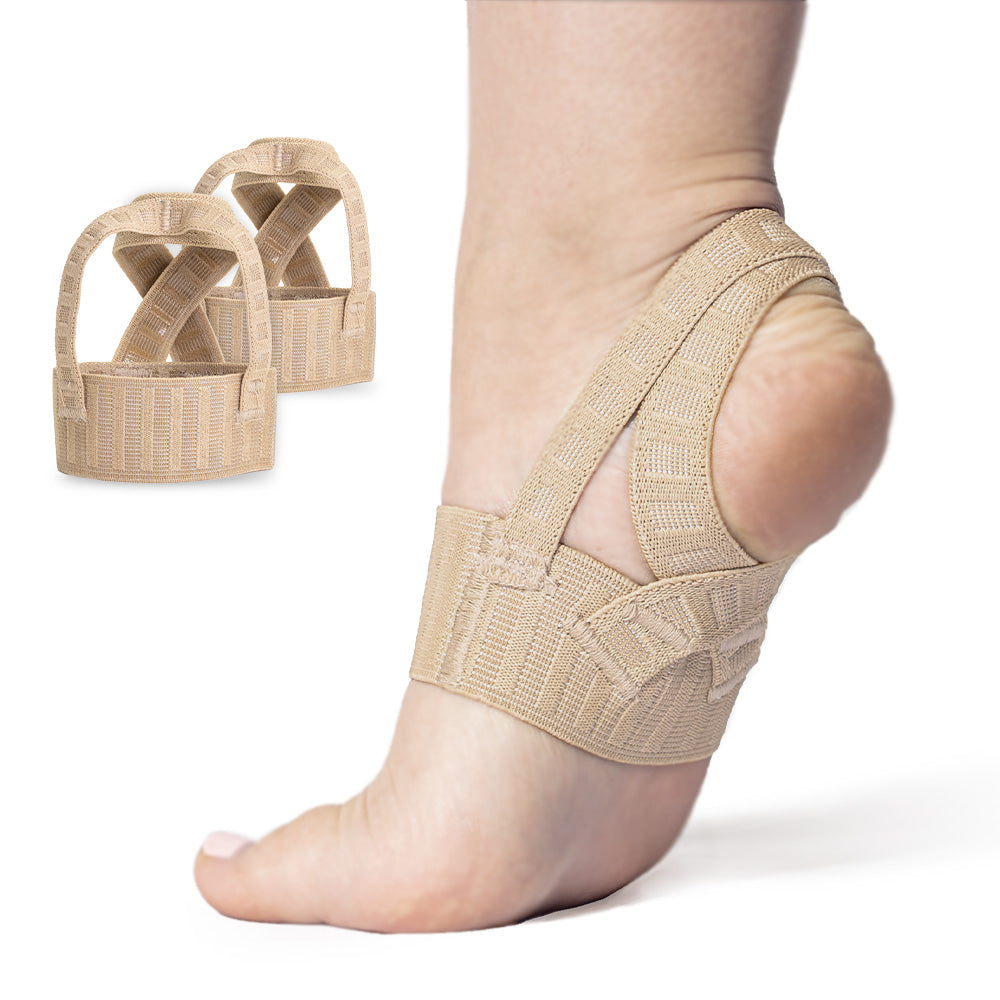Nothing is more painful than having blisters on your feet. Pointe shoes are the number one cause of blisters for dancers, and they can become a serious problem. If gone untreated, blisters can turn into corns and bunions on the foot. If this occurs and you continue to leave the corns or bunions untreated, they will turn into ulcers. Ulcers can cause permanent damage and lead to infections such as gangrene.
Blisters should not be taken lightly, especially the various kinds that can be caused by pointe shoes. Pay attention to what kind of blister you have. Certain blisters need specific treatments to heal.
Most Common Blister Causes
Many things cause blisters, however, for dancers, the main sources are friction, pressure, heat, and ruptured blood vessels. If you are wearing the wrong sized pointe shoe, or you are dancing for an extended length of time, friction and heat are likely causing your blisters. If a red blister forms on your foot, then your blister was likely caused by ruptured blood vessels that occur when the skin is crushed or pinched.
5 Tried and True Tricks to Prevent Blisters
Blisters are awful, but there are some dependable ways that you can combat them. Try out these 5 tips and tricks that dancers have been using for years.
1. Check the Fit of the Shoe
Blisters form on a dancer’s feet when they are either just starting with pointe shoes or are changing to a new pair. If you are experiencing new or chronic blisters, it is a sign that your shoes are either too small or too large for your feet. To help prevent blisters make sure you are wearing the correct size pointe shoe
Shoes that are too small cause corns and bunions to form, while shoes that are too large cause heat blisters to develop. When this occurs, locate your nearest dancewear provider and get fitted for a new pair of pointe shoes. You will be amazed at how much better your feet will feel when you wear the correct size pointe shoe.
2. Wear Tights and Use a Foot Odor and Perspiration Barrier
A new trend in the dance world has pointe dancers not wearing their tights. Tights provide a necessary barrier between the skin of the foot and the interior of the point shoe. Without tights, blisters caused by heat and pressure are bound to happen. Ignore this fashion trend and wear tights. Specifically, wear tights made of polyester or microfiber. Tights made from these materials will wick away sweat and will reduce your chance of getting a blister.
In addition to tights, use 2Toms FootShield Foot Odor and Perspiration Barrier on your feet or powder in your pointe shoes. A foot odor and perspiration barrier will keep your feet dry and prevent friction. If you decide to wear tights that are cotton instead of a microfiber or polyester, the foot odor and perspiration barrier will prevent your sweat from making your feet slide and rub inside the shoe.
3. Tape Your Feet
If blisters have already formed or are a chronic issue for you, tape your feet where the shoe is causing a blister. The best thing to use is moleskin wrapped with tape or an adhesive bandage that will not come off due to sweat. When bandaging your foot, be sure that the bandage is twice the size of the affected area.
When wrapping, remember that your feet will swell during the day, so don’t wrap too tight or you may cut off blood flow to the taped area and cause even more damage to your feet. The top adhesive bandage on the market for blisters is 2Toms® Skin-On-Skin® 1” Squares. 2Toms Skin-On-Skin prevents friction and resists sweat, while hydrating and softening the skin, thus preventing blisters from forming.
4. Drain the Blister Fluid
Only lance the blister if the fluid is clear. Blisters filled with red fluid are filled with blood and can become infected if lanced. If you decide to lance your blister, there are specific steps you must follow:
- Wash the blister with soap and water or swab it and the surrounding area with rubbing alcohol.
- Gently make a hole in your blister with a sharp, sterilized instrument (i.e., a knife, a needle, etc.) and allow the fluid to drain out.
- Air out your blister overnight.
- In the morning, apply antibiotic ointment to your blister and bandage it.
After all of this, look out for any signs of infection, like press in the blister or pain extending up the ankle and leg.
5. Rest and Relax
The best way for your feet to heal is through rest and relaxation. Blisters, especially blood blisters, take time and patience to heal. By taking pressure off of your feet, your blisters will heal faster. However, if you cannot take a break, soak your feet in an Epsom salt bath. The Epsom salts and warm water will heal the skin and help reduce swelling. This method is also great as a preventative measure and will stop new blisters from forming.
Your Feet Will Thank You
Pointe shoes are a necessary evil when it comes to ballet, however, the blisters caused by them are not. Medi-dyne is here to help with their foot odor and perspiration barrier and 2Toms® Skin-On-Skin® hydrogel pads. Go to their website today and see what advances they have made in the field of blister prevention. Their products will keep you dancing free of pain for years to come.
Do your feet a favor and save them from blisters using these proven methods to treat them.
PLEASE NOTE: The information on this website and article is for information only and should not be used as a substitute for consulting your doctor. Consult your doctor for proper diagnosis and rehabilitation
